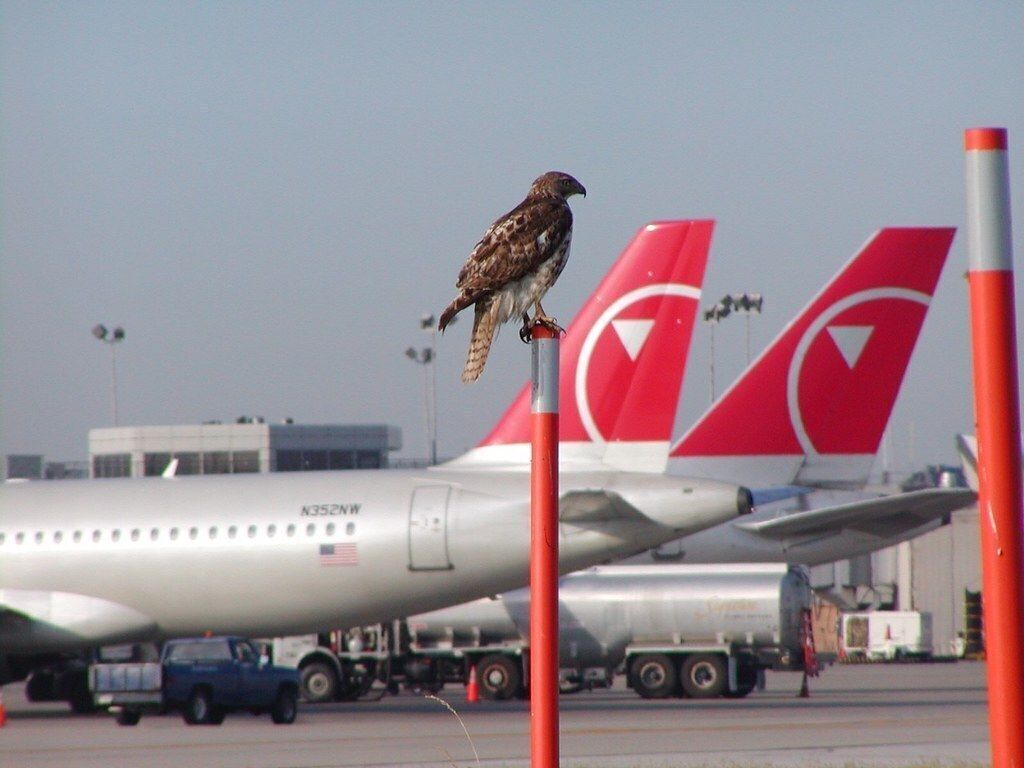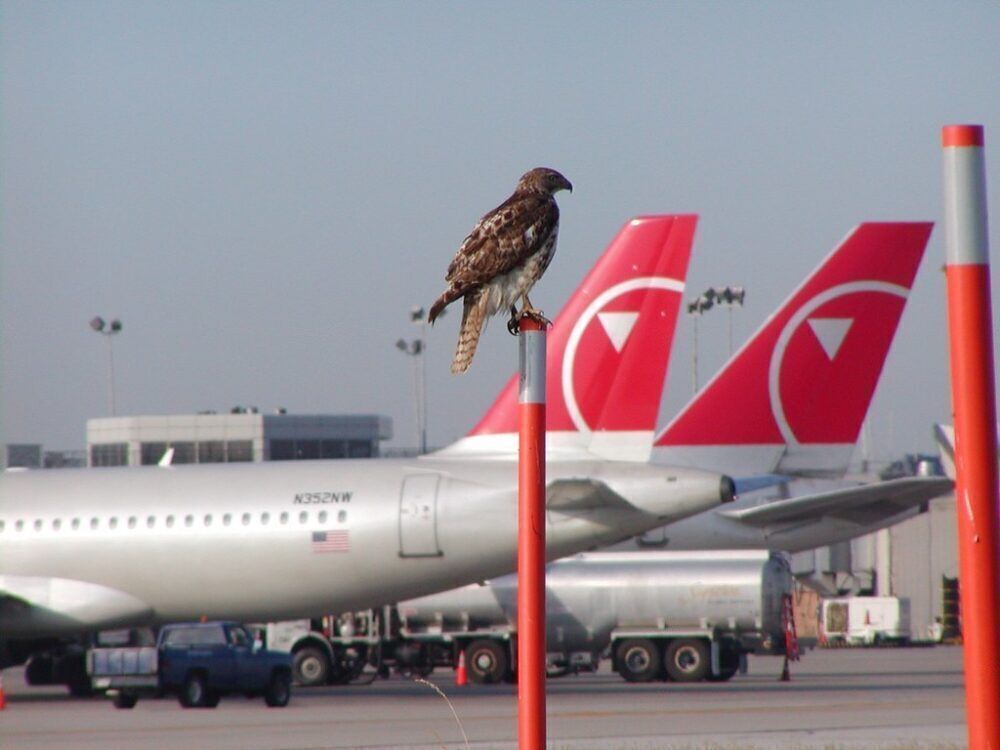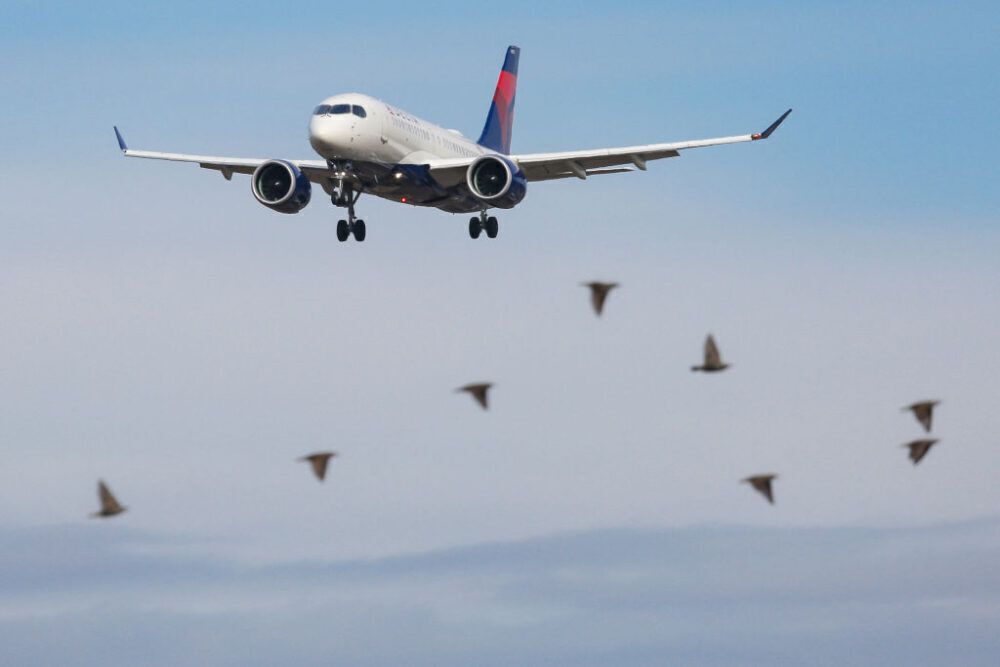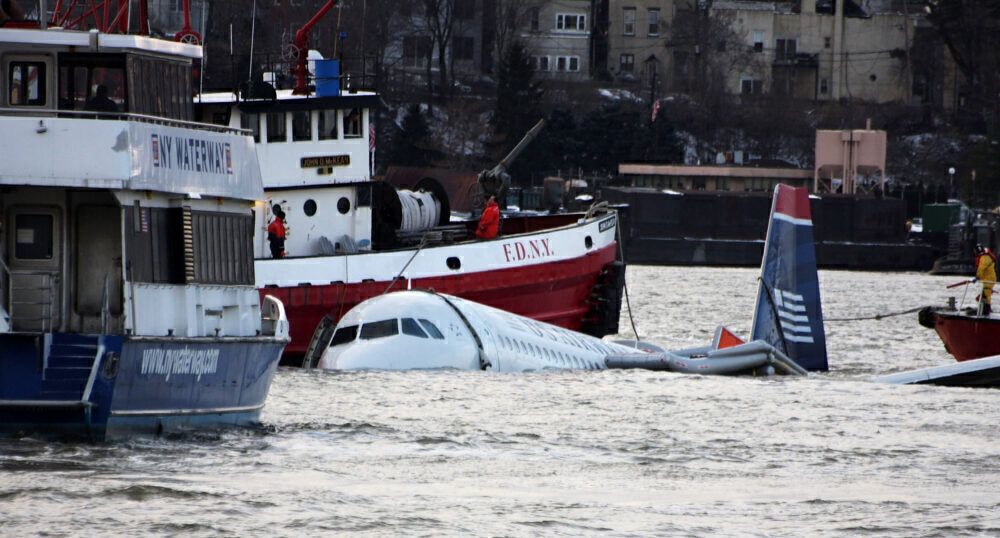Birds have dominated the skies for millions of years, since long before the first planes took flight. They remain a hugely common life form today. Indeed, recent research from National Geographic suggests that there are presently between 50 and 430 billion birds on Earth. As such, with commercial aircraft also having become increasingly common, collisions between the two, or 'bird strikes,' are inevitable. But what exactly happens in these incidents?
How common are bird strikes?
With the abundance of both birds and aircraft present in the world today, bird strikes can be a not infrequent phenomenon. Indeed, the Federal Aviation Administration (FAA) reports that, in the US alone, up to 16,000 of these incidents can occur every year. This is an almost tenfold increase compared to the 1,800 bird strikes that occurred in the US in 1990.
Interestingly, it is thought that as many as 80% of bird strikes are not reported to the authorities, according to the US Department of Agriculture. While fatalities caused by bird strikes are low in terms of the aircraft's occupants, the collisions will usually kill the bird(s).
That being said, even bird strikes that don't result in a serious situation can be costly in terms of aircraft damage. Indeed, the Bird Strike Committee-USA/Canada found in 2001 that the worldwide cost of bird strike-related damage to commercial aircraft could be as high as $1.2 billion a year. Incidents in the US alone make up around a third of this.
Stay informed: Sign up for our daily and weekly aviation news digests.
Engine damage
Arguably the most dangerous form of bird strike is one in which a bird is ingested into the aircraft's engine. Of course, the danger in such situations increases further if a larger flock of multiple birds is involved. While modern turbofans can withstand strikes from smaller birds, ingesting larger ones can compromise their operational integrity.
Canada geese are considered particularly hazardous due to their size. Of course, it was a flock of these that US Airways flight 1549 struck after departing from New York LaGuardia in 2009. This became one of the most notable bird strike incidents in living memory, as, despite both engines failing, the flight landed on the Hudson River with no fatalities.
Striking the aircraft's exterior
While an aircraft's engines are the most dangerous component for birds to hit, this isn't to say that other areas aren't also the subject of such collisions. Indeed, hitting a bird at the high speeds that today's airliners fly at can cause significant cosmetic damage to the plane's exterior. This can sometimes cause aircraft to be temporarily withdrawn from service.
An example of an incident that saw a bird strike result in cosmetic damage took place in November 2020. This saw a MwantJet Embraer ERJ145 have its windscreen smashed by the force of a collision with a bird that it encountered while departing from Kinshasa in the Democratic Republic of Congo. Thankfully, it returned to the airport and landed safely.




